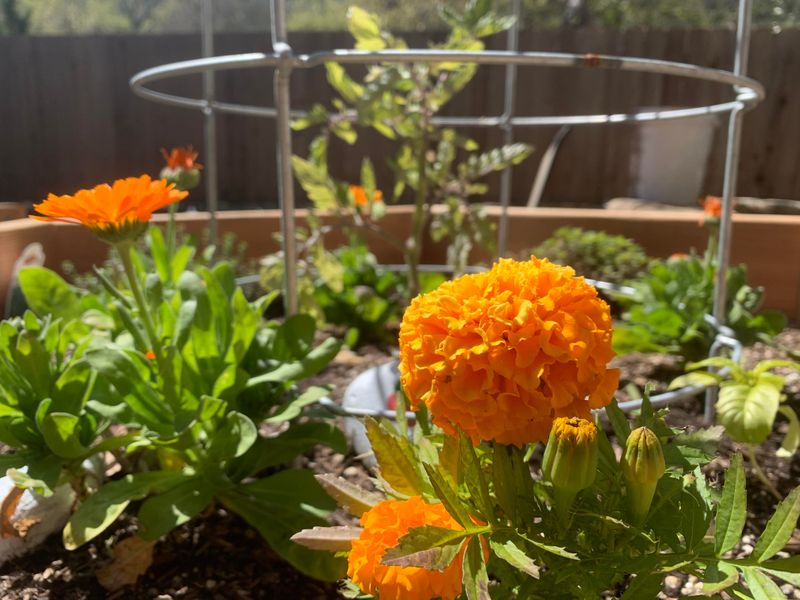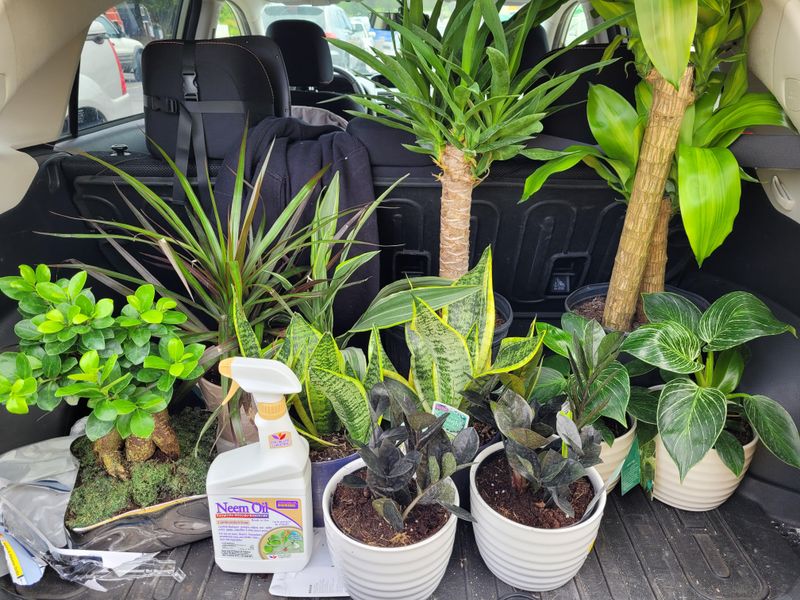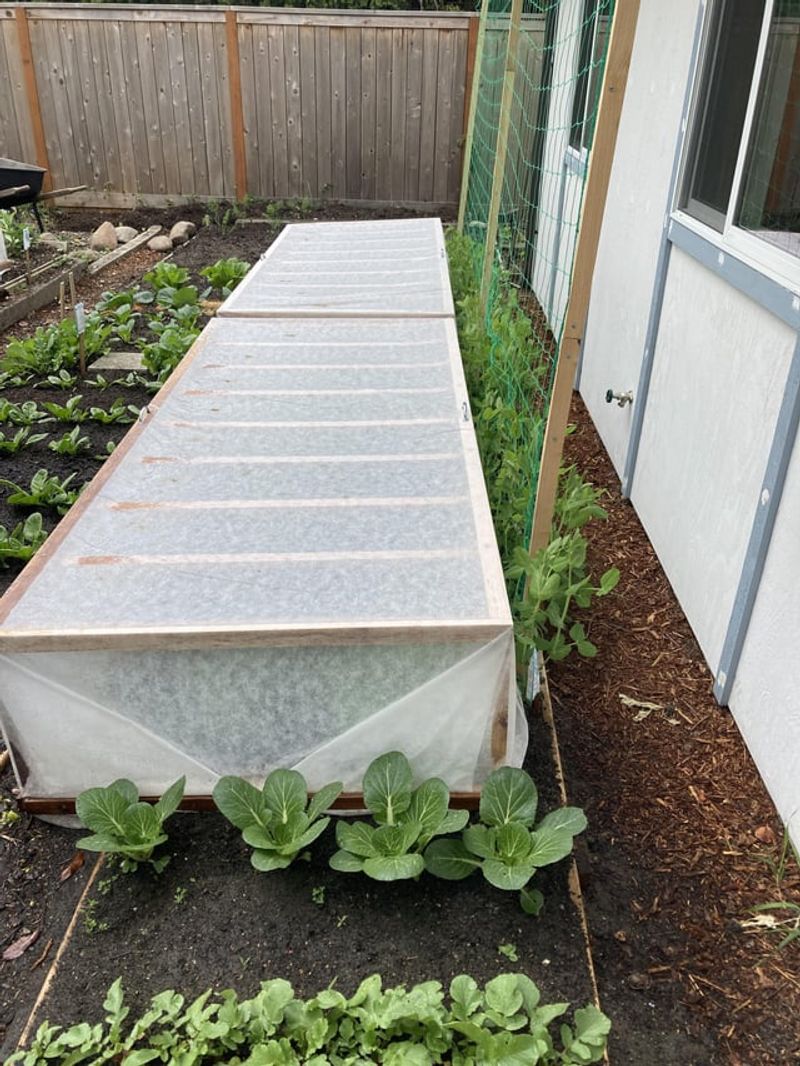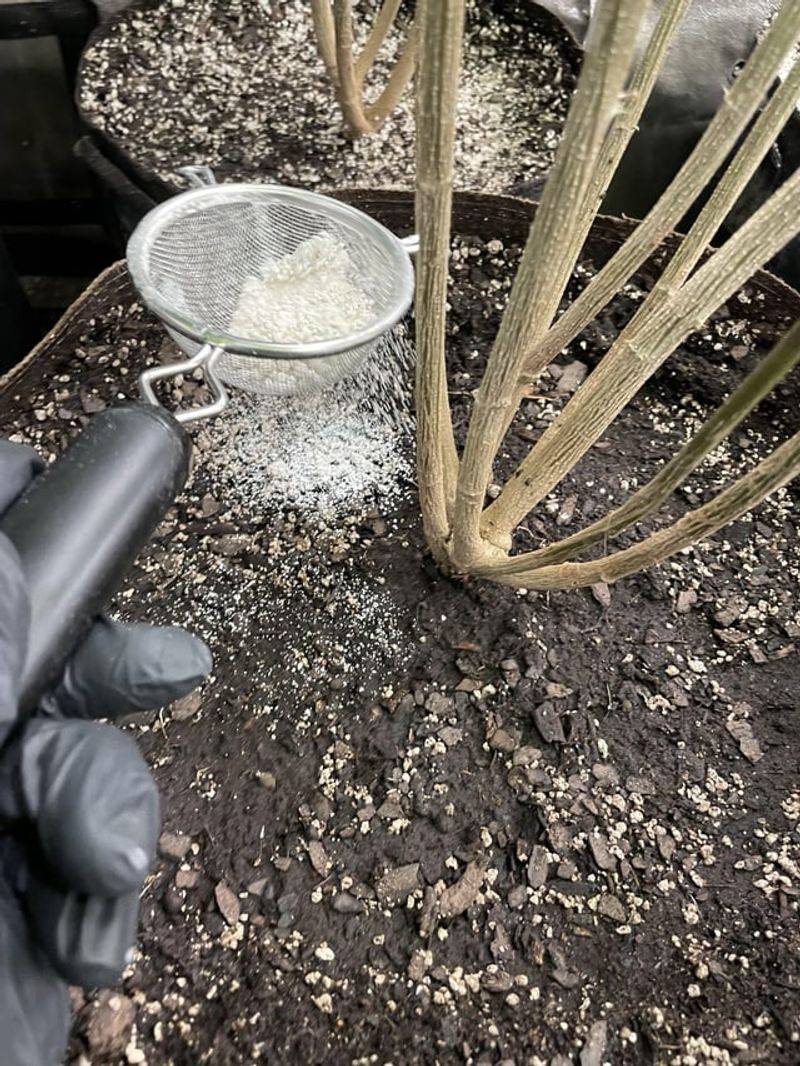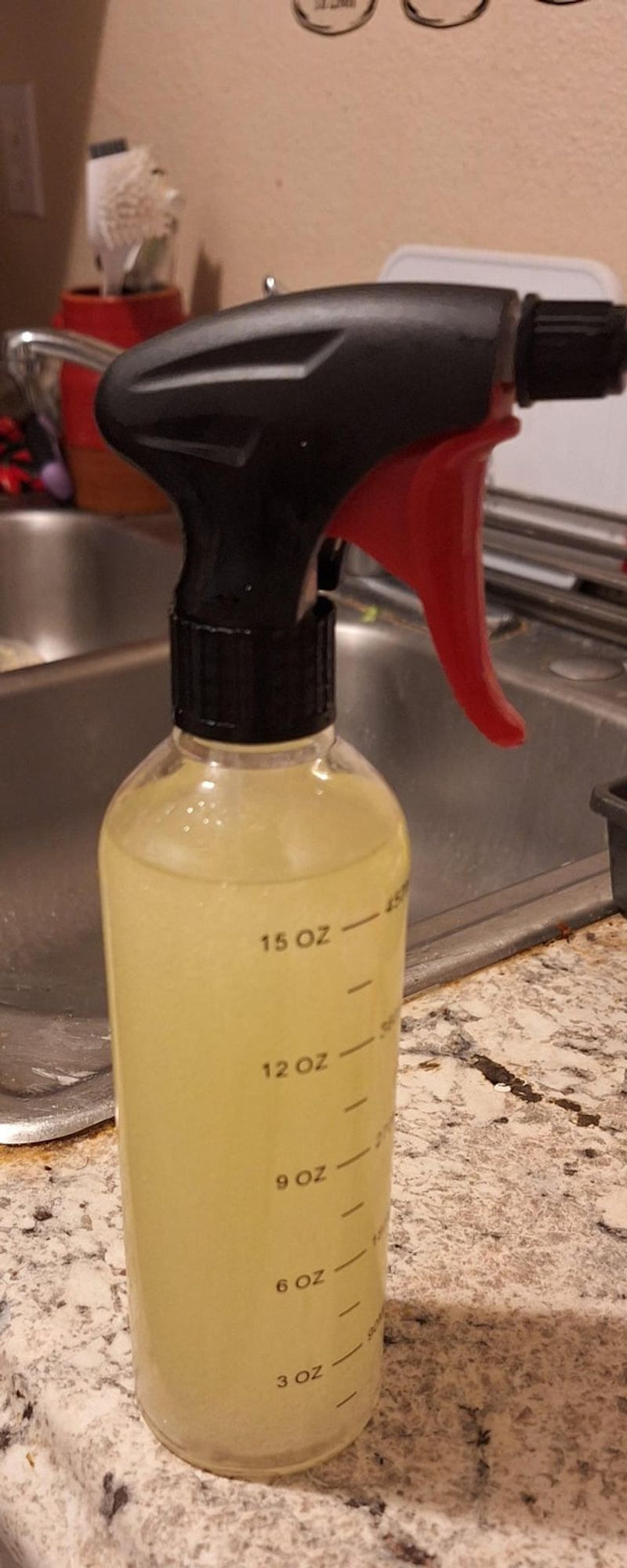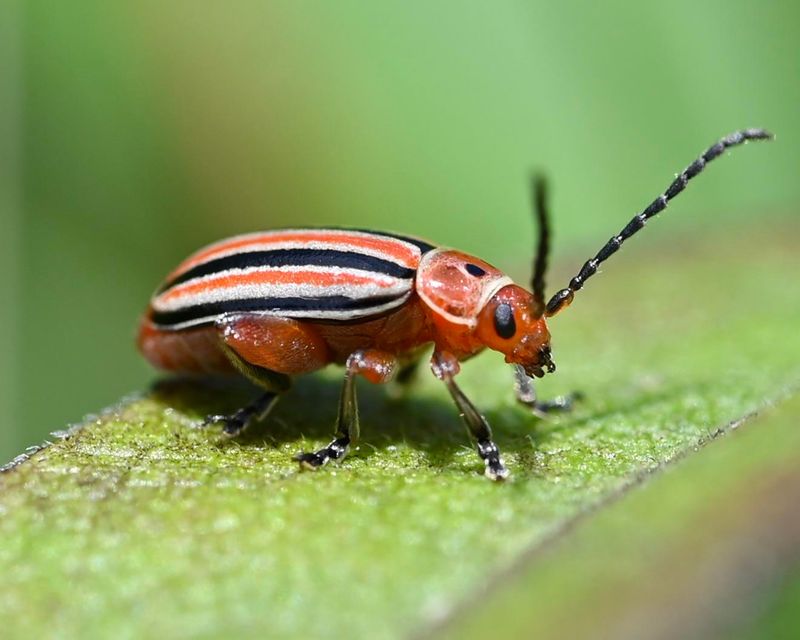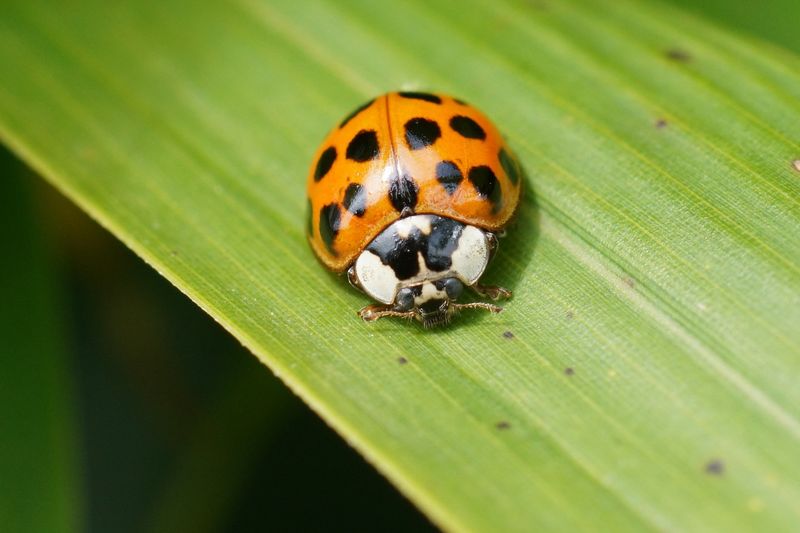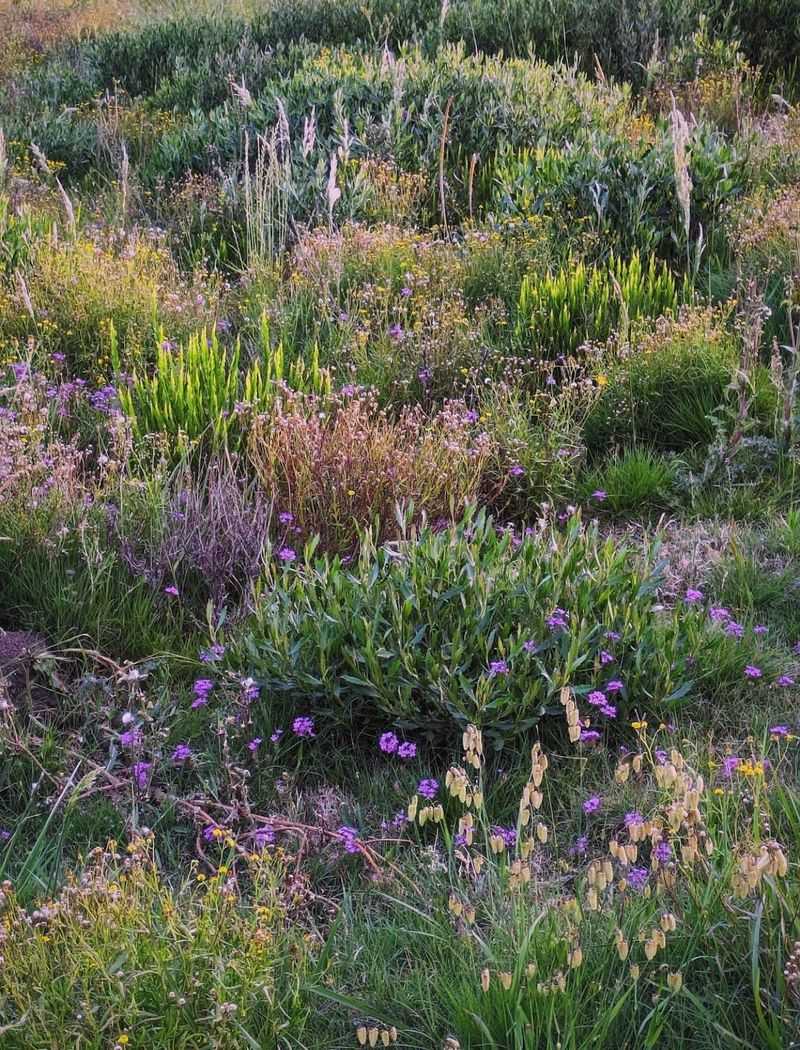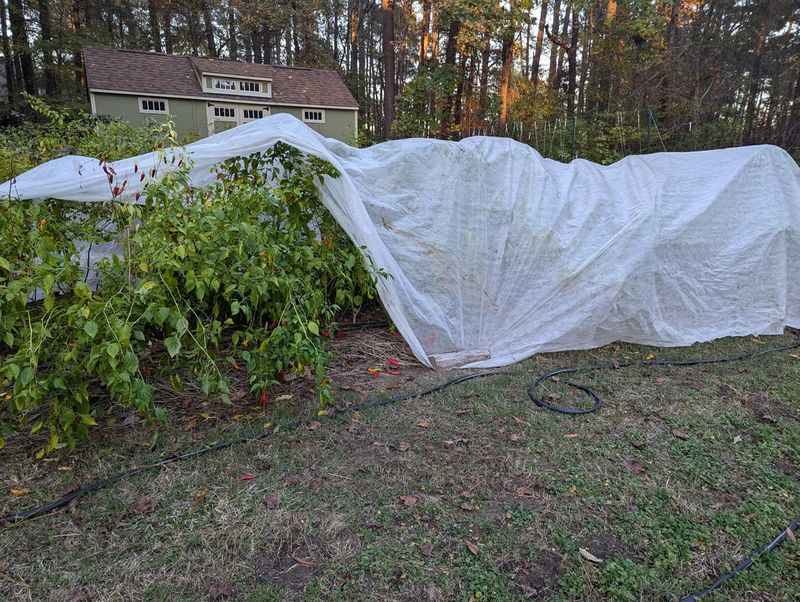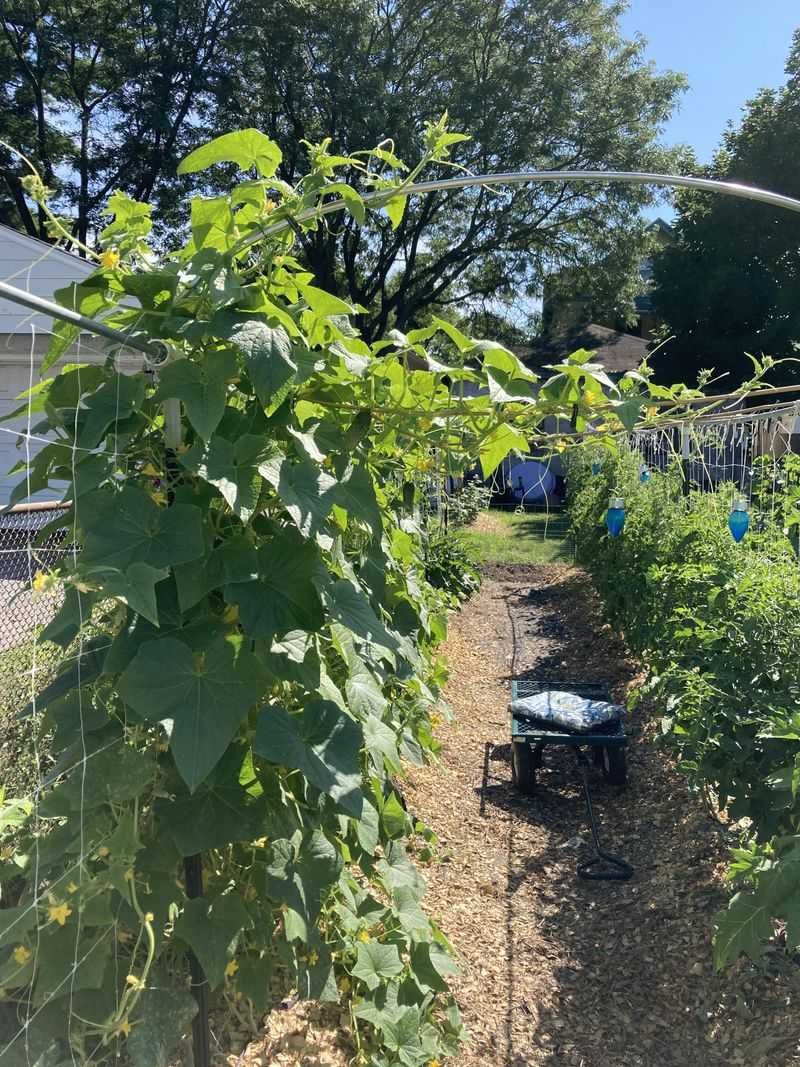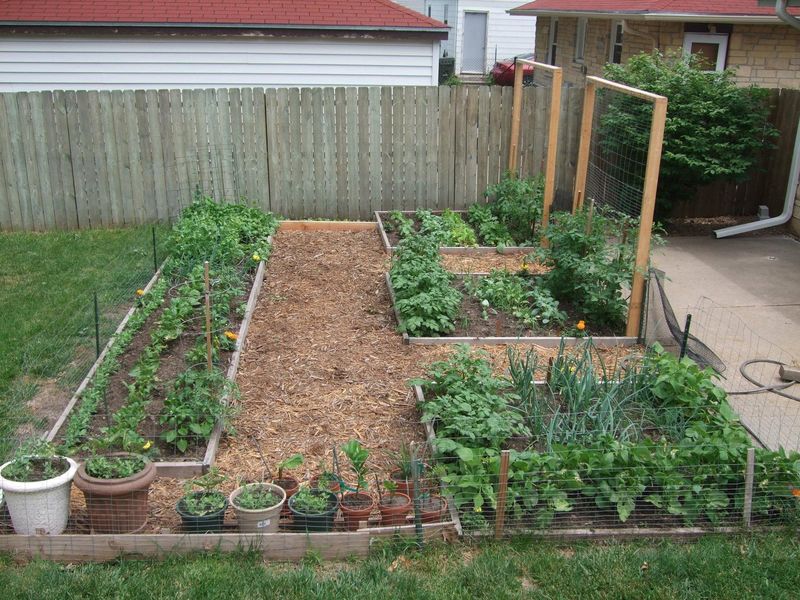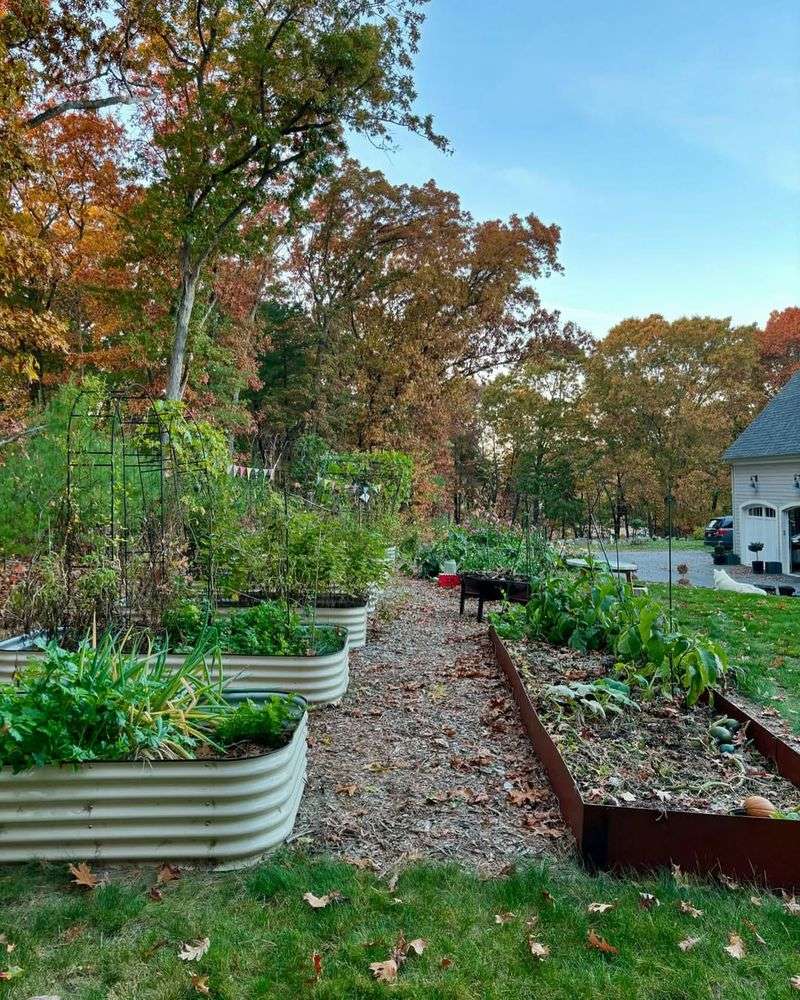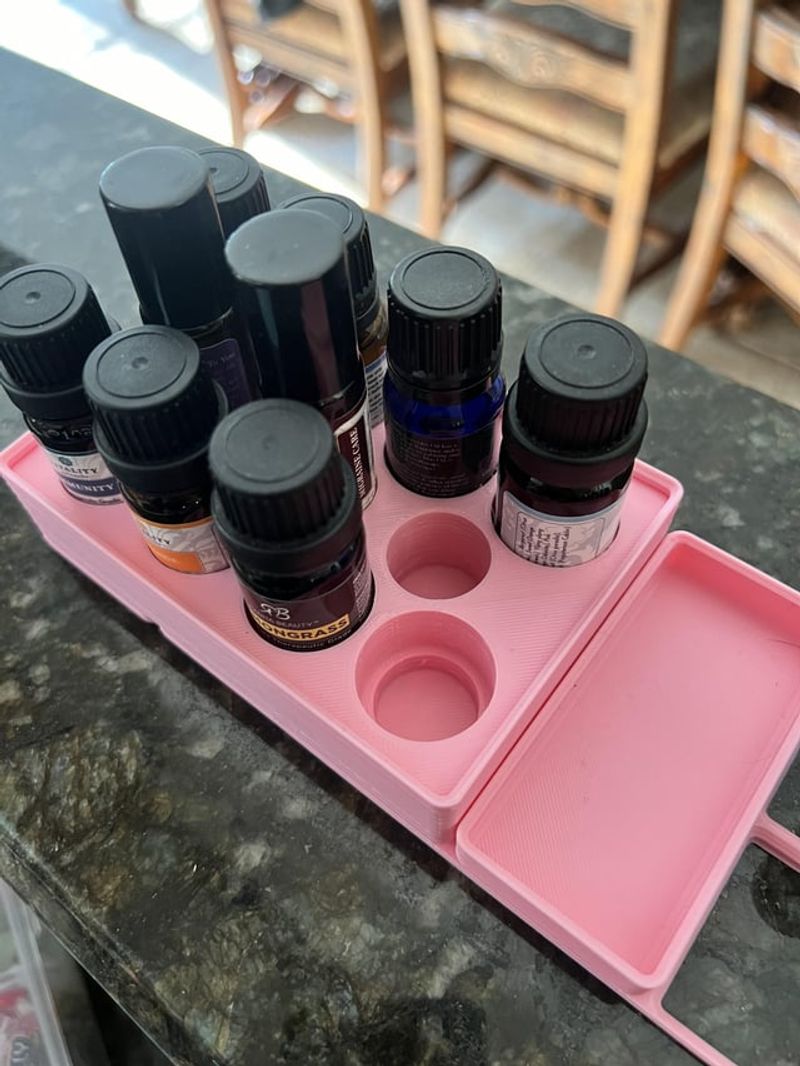Flea beetles can be a nightmare for your garden, but these 15 game-changing secrets will help keep them away for good. From natural repellents to clever techniques, you’ll have everything you need to stop these pests in their tracks.
I’ve tested out these tips, and they really make a difference when it comes to protecting your plants. With just a little extra effort, you’ll enjoy a flea beetle-free garden all season long.
Want to find out how? Let’s get started!
1. Companion Planting
Every gardener knows that a little help from nature can make all the difference. Companion planting is a simple yet effective strategy to deter flea beetles. Plants like marigolds and nasturtiums, when placed strategically, act as natural repellents. Their strong scents confuse the beetles, keeping them away from your precious veggies.
Imagine a symphony of colors and smells working in harmony to protect your garden. This method not only adds beauty but also boosts the health of your plants. In a world where chemicals often dominate, companion planting offers an eco-friendly alternative.
By embracing this technique, you create a balanced ecosystem that naturally wards off pests. It’s like having a protective army without the harmful side effects.
2. Neem Oil Spray
In the battle against flea beetles, neem oil emerges as a powerful ally. Extracted from the seeds of the neem tree, this natural pesticide disrupts the life cycle of these pests. A simple spray on your plants can make a significant impact.
The beauty of neem oil lies in its ability to target pests without harming beneficial insects. It’s a gentle warrior in your garden’s defense plan. Regular application ensures that your plants remain vibrant and flea beetle-free.
Using neem oil is like giving your plants a protective shield, allowing them to flourish without interference. Embrace this organic solution for a healthier garden.
3. Row Covers
Row covers offer a straightforward solution to prevent flea beetle invasions. These lightweight fabrics create a protective barrier, keeping pests out while allowing sunlight and rain to nourish your plants. It’s like dressing your garden in a breathable, protective layer.
With row covers, you can enjoy peace of mind knowing your plants are safe from unwanted visitors. They are particularly useful during the early growing season when flea beetles are most active.
Investing in row covers means embracing a low-maintenance, effective method to protect your garden. It’s a simple yet brilliant way to ensure your plants thrive.
4. Diatomaceous Earth
Who would have thought that fossilized algae could be a gardener’s best friend? Diatomaceous earth is a natural, non-toxic powder that works wonders against flea beetles. Its abrasive texture damages the exoskeletons of insects, leading to their demise.
Sprinkle it around your plants, and let this ancient remedy do its work. While it’s lethal to pests, it remains harmless to humans and pets. Think of it as a silent guardian for your garden.
By choosing diatomaceous earth, you opt for a sustainable and environmentally friendly pest control method. It’s a testament to the power of nature’s resources.
5. Garlic Spray
A kitchen staple turns into a pest repellent in the garden. Garlic spray is a potent, natural solution that confuses and deters flea beetles with its strong aroma. Making this spray is as simple as blending garlic with water and a touch of soap.
Applying garlic spray is like giving your plants a protective scent that flea beetles find unappealing. It’s an effective and affordable option for those looking to maintain an organic garden.
Using garlic spray not only keeps pests at bay but also adds a layer of protection against other unwanted insects. It’s a win-win for eco-conscious gardeners.
6. Trap Crops
Sometimes, the best way to protect your plants is to sacrifice a few. Trap crops, like radishes, lure flea beetles away from your main plants. By planting these decoy crops, you create a distraction that keeps pests occupied.
The strategy is simple yet effective. While the flea beetles feast on the trap crops, your main plants thrive undisturbed. It’s a clever way to manage pest populations without resorting to harsh chemicals.
Embracing trap crops is about working with nature to create a balanced garden ecosystem. It’s a testament to strategic planning in gardening.
7. Handpicking
For those who prefer a hands-on approach, handpicking flea beetles is a labor of love. While it may seem tedious, this method offers the satisfaction of directly impacting your garden’s health. With patience, you can reduce pest populations significantly.
This intimate way of gardening allows you to connect with your plants and understand their needs better. It’s a practical solution for small gardens where large-scale interventions aren’t necessary.
Handpicking is a testament to dedication and care in gardening. It reminds us that sometimes, the simplest methods are the most effective.
8. Beneficial Insects
In the war against flea beetles, beneficial insects like ladybugs and lacewings are valuable allies. These predators naturally control pest populations by feeding on them. Introducing them into your garden creates a balanced ecosystem that keeps flea beetles in check.
This method is a gentle nod to the wisdom of nature. By fostering a diverse insect community, you encourage natural pest control without disrupting the environment. It’s about letting nature do the heavy lifting.
Utilizing beneficial insects showcases an eco-friendly approach to gardening. It’s a way to harness nature’s power for a thriving, pest-free garden.
9. Diverse Planting
Variety is the spice of life, even in gardening. Diverse planting involves mixing different plant species to confuse and deter flea beetles. The varied scents and appearances make it hard for pests to target specific plants.
This method not only protects your garden but also promotes biodiversity. A garden rich in diversity is resilient and less prone to pest infestations. It’s like creating a living tapestry that protects itself.
Diverse planting is a celebration of nature’s complexity and beauty. By embracing this approach, you foster a self-sustaining garden ecosystem.
10. Mulching
Mulching is more than just a decorative touch; it’s a practical defense against flea beetles. By covering the soil with organic mulch, you create an environment that’s less appealing to pests. It also retains soil moisture and improves fertility over time.
This method acts as a barrier, preventing flea beetles from reaching your plants. It’s a simple yet effective way to enhance your garden’s health and appearance simultaneously.
Embracing mulching means choosing a holistic approach to gardening. It’s a way to nurture your plants while keeping pests at bay naturally.
11. Floating Row Covers
Floating row covers are like armor for your garden. These lightweight sheets shield your plants from flea beetles and other pests, while still allowing sunlight and rain to penetrate. It’s a seamless blend of protection and nourishment.
Using floating row covers is akin to wrapping your garden in a gentle embrace. These covers are especially useful during the early stages of plant growth when they’re most vulnerable.
Opting for floating row covers showcases a proactive approach to pest management. It’s about creating a nurturing environment for your plants to flourish.
12. Crop Rotation
Crop rotation is an age-old practice that remains relevant in modern gardening. By changing the location of plants each season, you disrupt the life cycle of flea beetles. This simple shift can reduce pest populations and improve soil health.
The beauty of crop rotation lies in its ability to confuse pests and prevent soil depletion. It’s a sustainable method that benefits both your plants and the earth.
Embracing crop rotation is about honoring traditional wisdom in gardening. It’s a reminder that sometimes, old practices are the best solutions.
13. Spinosad Spray
Spinosad, a product derived from soil bacteria, offers an organic solution to flea beetle infestations. This natural insecticide targets pests while sparing beneficial insects, making it a balanced choice for your garden.
Applying spinosad is like enlisting a specialized team to handle your pest problem. It’s an effective way to protect your plants without resorting to harsh chemicals.
Choosing spinosad spray reflects a commitment to maintaining an eco-friendly garden. It’s about using targeted solutions to support plant health and pest control.
14. Maintain Garden Cleanliness
A clean garden is a happy garden, and it’s also less inviting to flea beetles. Regularly removing debris and weeds reduces hiding spots and breeding grounds for these pests. It’s like rolling out the red carpet for a pest-free environment.
Keeping your garden tidy is a proactive step in maintaining plant health. It’s about creating a space where your plants can thrive without the threat of pests.
Maintaining garden cleanliness is about diligence and care. It’s a simple practice with significant rewards in the fight against flea beetles.
15. Essential Oils
Harnessing the power of essential oils can be a fragrant and effective way to deter flea beetles. Oils like peppermint and rosemary have strong scents that repel pests. Simply mix with water and spray around your plants for a natural barrier.
Using essential oils adds a touch of aromatherapy to your garden routine. It’s a delightful way to keep pests at bay while enjoying the therapeutic benefits of these scents.
Incorporating essential oils is a holistic approach to pest control. It’s about blending functionality with sensory pleasure in your garden.


